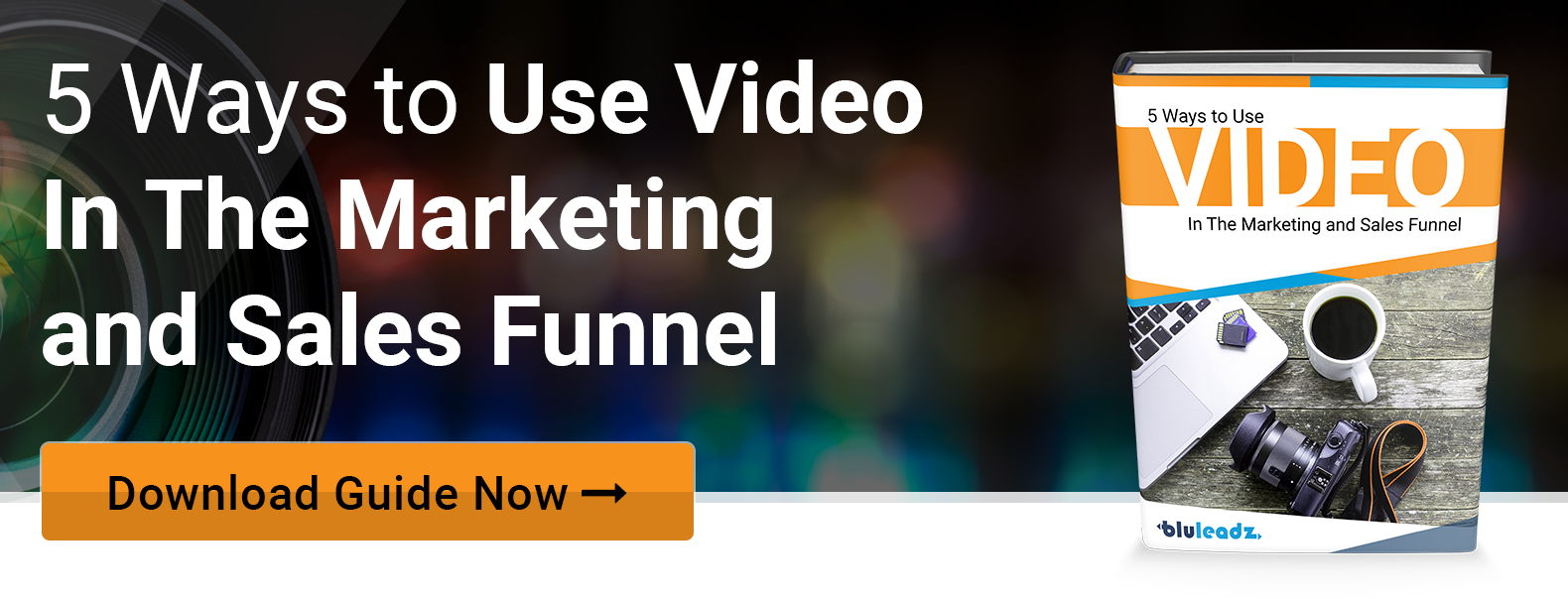When getting ready for your business's next video, a little thought goes a long way. Booking time with your on-screen talent and getting the necessary equipment is only half the battle. The most productive video shoots are those with a clear gameplan, focus and strategy. That's why a proper script, storyboard and shot sheet are 3 essential pre-production tools for your next video shoot.
Scripting
It all starts with your script. Your script, whether it's a word-for-word plan of your video's dialogue or an outline with discussion pointers, establishes the pacing, messaging and core concepts of your video.
If you're having trouble getting your script off the ground, here's a age-old storytelling structure you can try out:
Problem > Effects of problem > Solution > Your product/service
It's as simple as that. It's the same format major companies have used for 30-second commercials and half-hour infomercials alike. When writing your script, you should also pay close attention to your audience (Who are they? What can they stand to gain from the video in question, and more importantly, from your product or service?), as well as any specific callouts, CTAs or other elements you plan on including in your final video.
Once you have an initial script, it's helpful to conduct a table read with others in your business; your peers, subject matter experts, or even your boss. This is really just a run-through of your script as-is. You'll likely find a number of things you'd like to change upon hearing them out loud, and the extra feedback from your team can tip you off to issues or alternative segments you hadn't considered.
Storyboarding

Storyboarding is the equivalent of creating a scene-by-scene comic book of your video. Most storyboards follow a generic format, which includes an box for shot sketches and accompanying lines for text notes, camera angles and quotes to align the video with the script. You may find it helpful to create your storyboard with the mindset that it'll be the true director of your video shoot. Your storyboard is an essential visual guide to establish a timeline and sequence of events in your video, and turn your pre-production ideas into ideal final products.
Don't sweat it if you're a crappy artist, either. Stick figures and simple arrows that highlight motion can go a long way, and keeping your storyboard simple can help others involved in the project understand what's going on in each scene. To make your storyboards even clearer, consider labeling on screen items or people (even if it's just with a number) when there are multiple of such things in a scene.
While the imagery itself should be enough of a reference for you to understand a shot or scene, include camera angles and any movement in the text areas below to provide additional information to others involved in the project, or even future reference for yourself when you begin editing your project.
Ultimately, the goal of your storyboard should be to keep production on track, help you establish the sequence of events and scenes in your video, and create a timeline/visual framework for clients or others involved in the project to approve before you spend hours or days in production.
Shot Sheet/List

Finally, we come to your shot sheet or shot list. Your shot sheet is where you list the fine details of each individual shot and angle you plan to capture, as well as the equipment you'll be using in your shoot. It's important to list all shots essential to your project first—the ones your video would not be comeplete without—and then move to any complementary/additional shots later.
To make the most of your production time, list shots in order based on equipment used and location, as opposed to listing them sequentially. It's okay to shoot your business's video out of order. In fact, you can pretty much expect to do so. Include a note in your sheet on which scene each shot is a part of, and plan your production in a way that makes the most sense in terms of time, the availability of on-camera personnel, and technical demands.
If you plan on using multiple cameras, it's also important to list which camera (Cam 1, Cam 2) will be used for each shot, as well as the angle/any camera movements you plan on incorporating. The 5 main shot types (distances) you should be familiar with and use in your first shot sheet are:
- Extreme Long Shot/Wide Shot (ELS)
- Long Shot/Wide Shot (LS)
- Medium Shot (MS)
- Close-Up (CU)
- Extreme Close-Up (ECU).
Of course, there are more shot types than those listed here, but these are the basics you should be aware of to help you organize your shot sheet.
At the end of the day, you should also plan some time to be flexible with additional shots and mid-production ingenuity. Sometimes, you'll find a great shot or angle in the field just by physically being there and experimenting. Leave some room for inspiration, and use the shot sheet, as well as the other tools in this article, to make sure you record your project essentials.


Alex Dunn
Alex is a University of South Florida mass communications graduate and Video/Media Specialist at Bluleadz. He is a big movie nerd, loves (possibly dangerous) concerts and enjoys taunting co-workers with a camera. He's probably seen The Royal Tenenbaums 14 times by now.